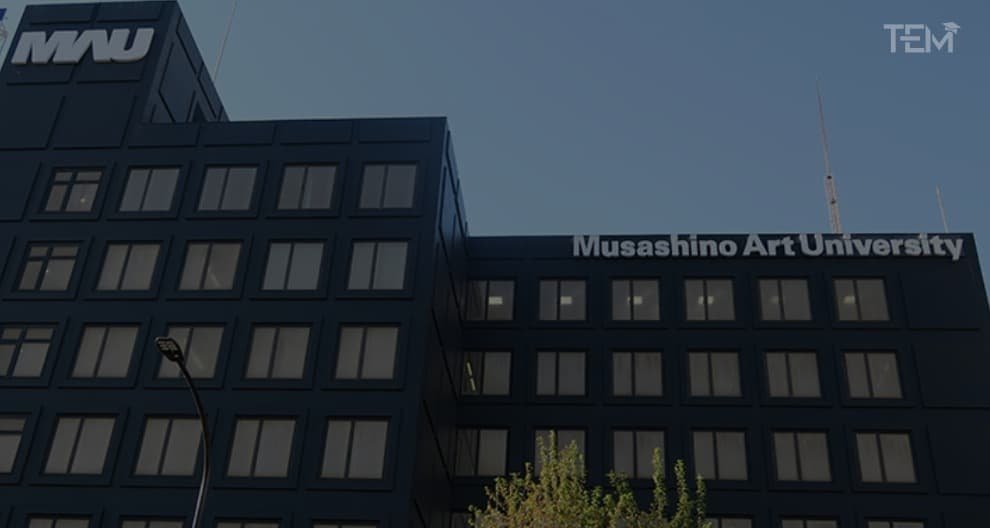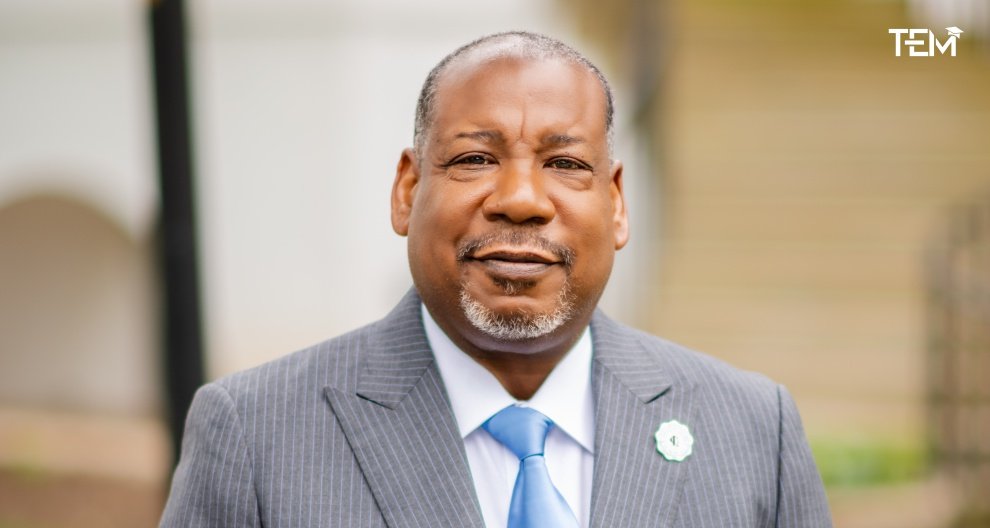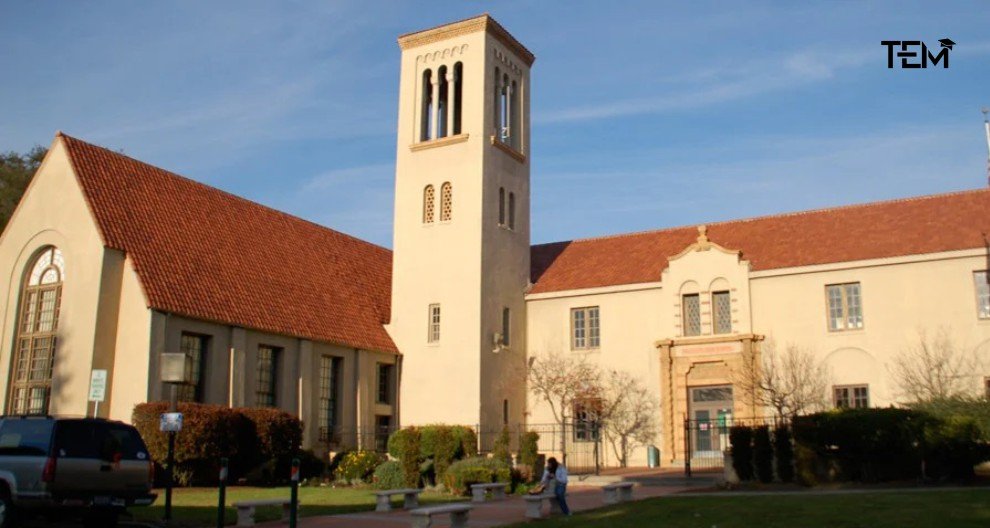The core concept of art education reverberates creativity, propagating various underlying skills. Various art schools across the world foster creativity and emphasize creative expression. For added benefits, several art schools also prioritize factors such as value education, moral development, and much more. Being a community that nurtures creativity and accents emotional intelligence, it is important for art educators and leaders to tend to the core values implied within the curriculum of art and design education.
Leaders must understand the benefits of art education and present it effectively through different mediums. It is important to be committed to the educational policies to cultivate talent and promote innovation. One such prime example of diplomatic leadership is embodied by Tadanori Nagasawa (President of Musashino Art University). Tadanori has been spearheading the university with excellent leadership skills and has immensely contributed to its growth through his innovative initiatives.
A Profound Educator
Tadanori Nagasawa embarked on his educational journey with MAU as he was captivated by the various opportunities offered by the university. After graduating from MAU, he enrolled at the Royal College of Art to study the concept of design in-depth and was the first Japanese graduate to return to Japan with a master’s degree in 1981.
Upon returning, he established the Design Office (Tadanori Nagasawa & Associates Limited / Design Consultants) to showcase his research to the world. He also co-founded “Design Analysis International Limited (DAI)” in London—the world’s first international design information Think & Do Tank—and became the Director in Japan. Through a number of international exhibitions focusing on leading-edge European design trends and the discovery and introduction of young talents, he has established relationships with many active international leaders.
Tadanori was appointed as the founding professor of the Department of Design Informatics at MAU in 1999 and was further promoted as the Director of International Relations in 2003. In 2015, Tadanori was elected as the president of MAU and has initiated several innovative initiatives ever since.
Under Tadanori’s leadership, MAU currently fosters an agreement with 37 universities. In 2016, he was recognized as The Senior Fellow of the Royal College of Art for his contributions to the internationalization of design education. Being at the helm of the university, Tadanori emphasizes introducing creative thinking modes to the society cultivated traditionally. He is committed to further enrichment and progress of both art and design education while prioritizing education focused on creative thinking to articulate social innovation at MAU.
An Array of Distinctive Curriculum
Musashino Art University was established in 1929 as a private art school in Tokyo. Since its establishment, the university has included several overseas students in Japan while its traditions and achievements continue to prosper to date. The university is home to a total of 7,162 students— 4,326 undergraduate students, 372 graduate students, and 2,464 students in the Correspondence Course—with about 629 international students which continues to increase every year. The 87-year-old alumni association has more than 70,000 members and is the largest among art universities in Japan, with chapters in every prefecture and four cities overseas.
In 2019, MAU celebrated its 90th anniversary and established a new college—the College of Creative Thinking for Social Innovation—on a new campus in central Tokyo. With two colleges and two graduate schools, the university is attracting a great deal of attention from all across the globe as an unprecedented form of change for an art university.
MAU offers several liberal arts classes as graduation requirements, adhering to its founding philosophy of “foster artists with education, culture, and refinement.” Its educational philosophy—offering art education that enables students to attain true freedom as human beings—advocates the importance of art and design as a process contributing to human growth. It also provides specialized higher education that differs in dimension from conventional programs of other universities and cultivates specialized skills.
After enrolling in the university through entrance examinations for their respective fields of specialization (departments), students have the liberty to undertake classes beyond their departments. The university’s tolerant and flexible curriculum respects the learning process of students as they awaken to their specialization, and embodies the educational philosophy of the university.
Not to mention expertise in the demonstration of solving conventional programs, which is often the case in APEC countries, MAU’s creativity education focuses on finding the underlying causes of problems. The concept has been transplanted to the Shanghai Institute of Visual Arts in China, for instance, and is implemented as a priority subject approved by the authority of Shanghai.
Impactful Educational System
MAU has been a pioneering leader in the development of new disciplines and the realization of educational programs and has become responsible for the creativity of Japan as an entity that greatly influences the art and design education world and society. With the majority of international students from countries such as China and Korea, and graduates undertaking roles of university teachers in their own respective countries, the highly impactful educational curriculum of MAU is no small impact on APEC countries.
Additionally, MAU’s ‘question-setting’ educational program has been converted into a project as the Global Design Initiative Workshop since 2015 and is organized annually by five universities—Singapore, Taiwan, Germany, the UK, and MAU—as an ambitious attempt to share the civilizational context of the world, rather than keeping APEC countries within their borders.
Unique Strategies of Crisis Management
The aftermath of the COVID-19 pandemic helped the university explore new ways of teaching as well as strengthen its online teaching capabilities, leading to securing new educational programs. In terms of teaching methods for art and design education exercises and practical training involving the creation of artworks, each department initiated innovative opportunities and new teaching methods were pioneered in an attempt to transcend challenges. For instance, in product design education, the university attempted to combine 3D printers and applications to create prototypes, as well as a delivery system that enabled the department and students to work together online. This attempt not only drew attention to the Ministry (MEXT) but was also recognized and published serially in the MEXT Information Magazine.
MAU also reorganized its academic schedule and prepared several programs to support students before the beginning of a new academic session. Although delaying the graduation exhibition posed a huge challenge, the high level of graduation works produced throughout the year were maintained by the university. MAU regulated strict measures to prevent infection and was among the first art universities in Japan to allow students inside the campus. It also implemented measures to handle online lecture-based courses and practical training classes in person, while offering hybrid classes using both methods.
Harboring Visionary Leadership Tadanori spearheaded the university during challenging times and appreciated students at the graduation ceremony, quoting that the basis of education at an art university is to train “An Endurance of Creativity,” and that this was an opportunity to prove that the students had this ability. Believing in mustering courage and taking forward steps can mark impactful changes, Tadanori further quotes, “Isn’t it a creative way of life to keep taking steps, believing that “we can stand on that horizon?”

Also Read: The 10 Inspiring Education Leaders, 2024


